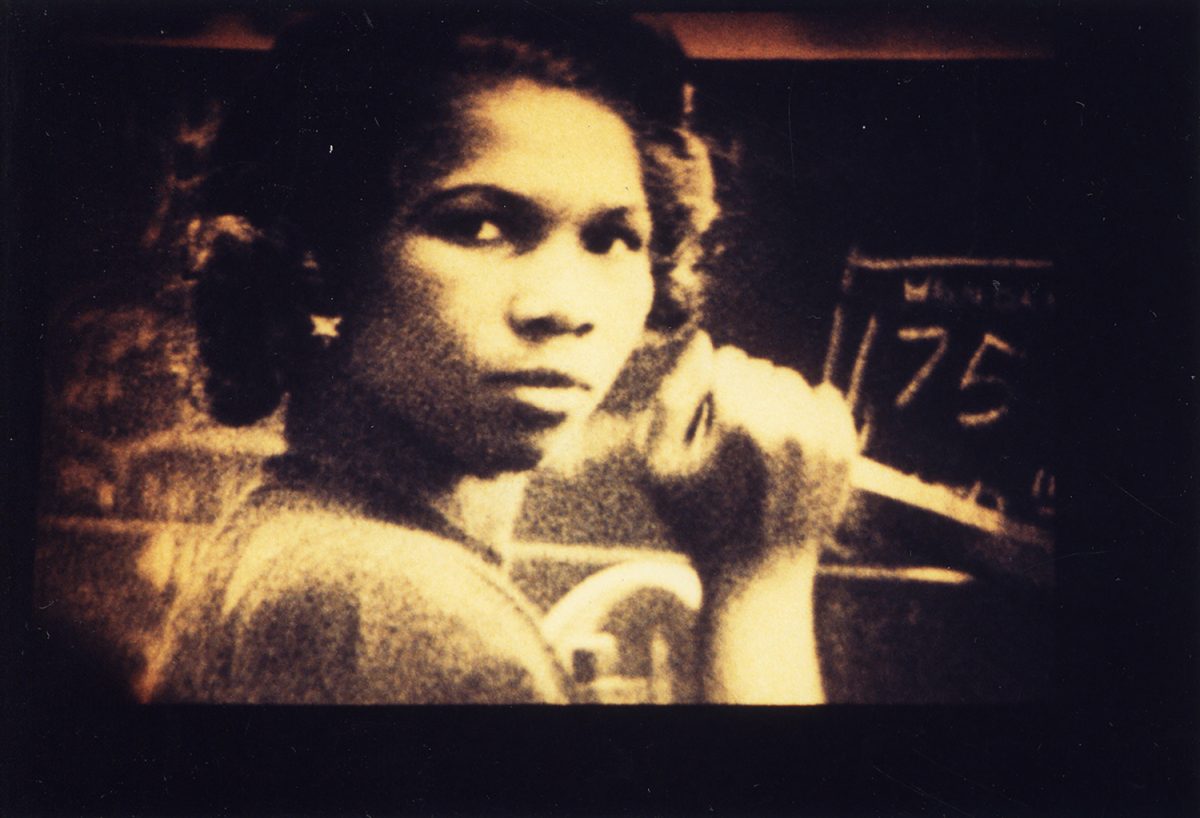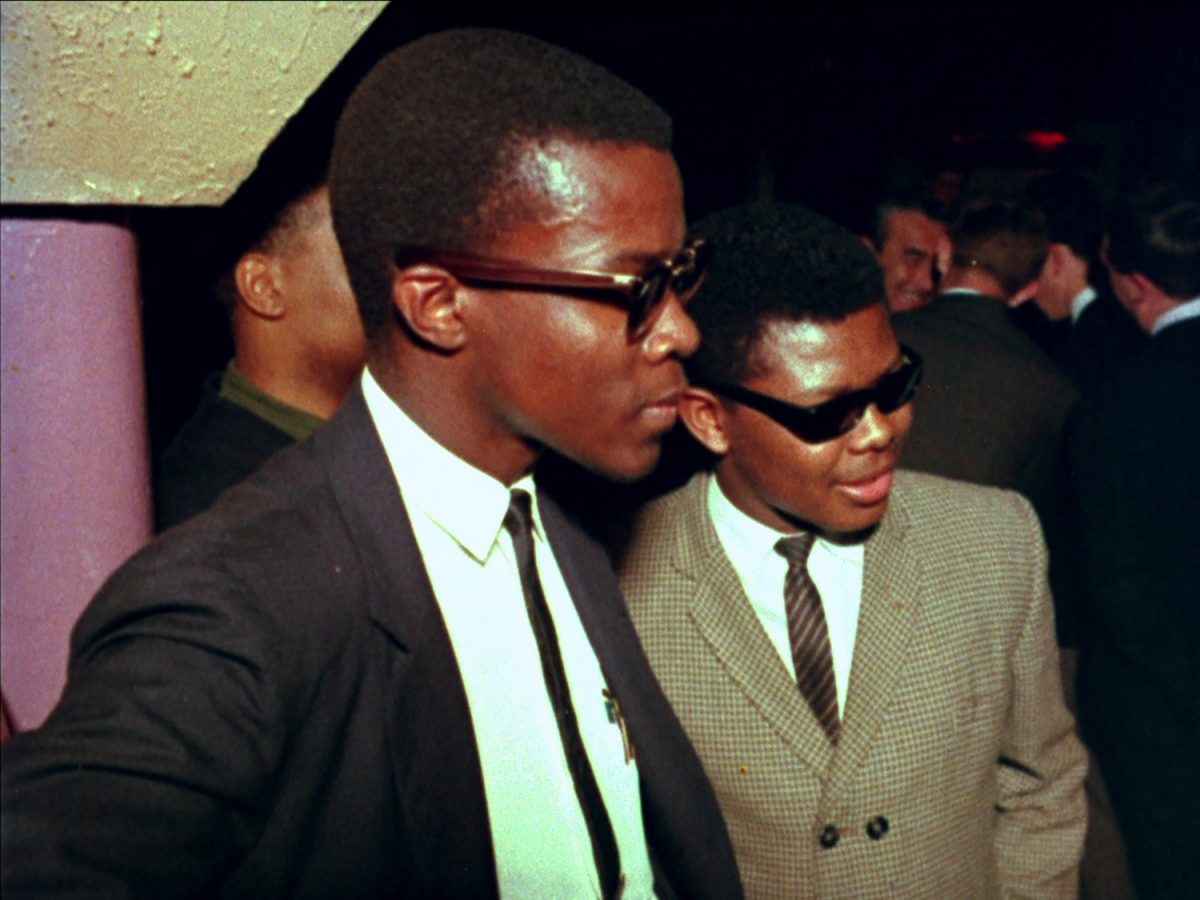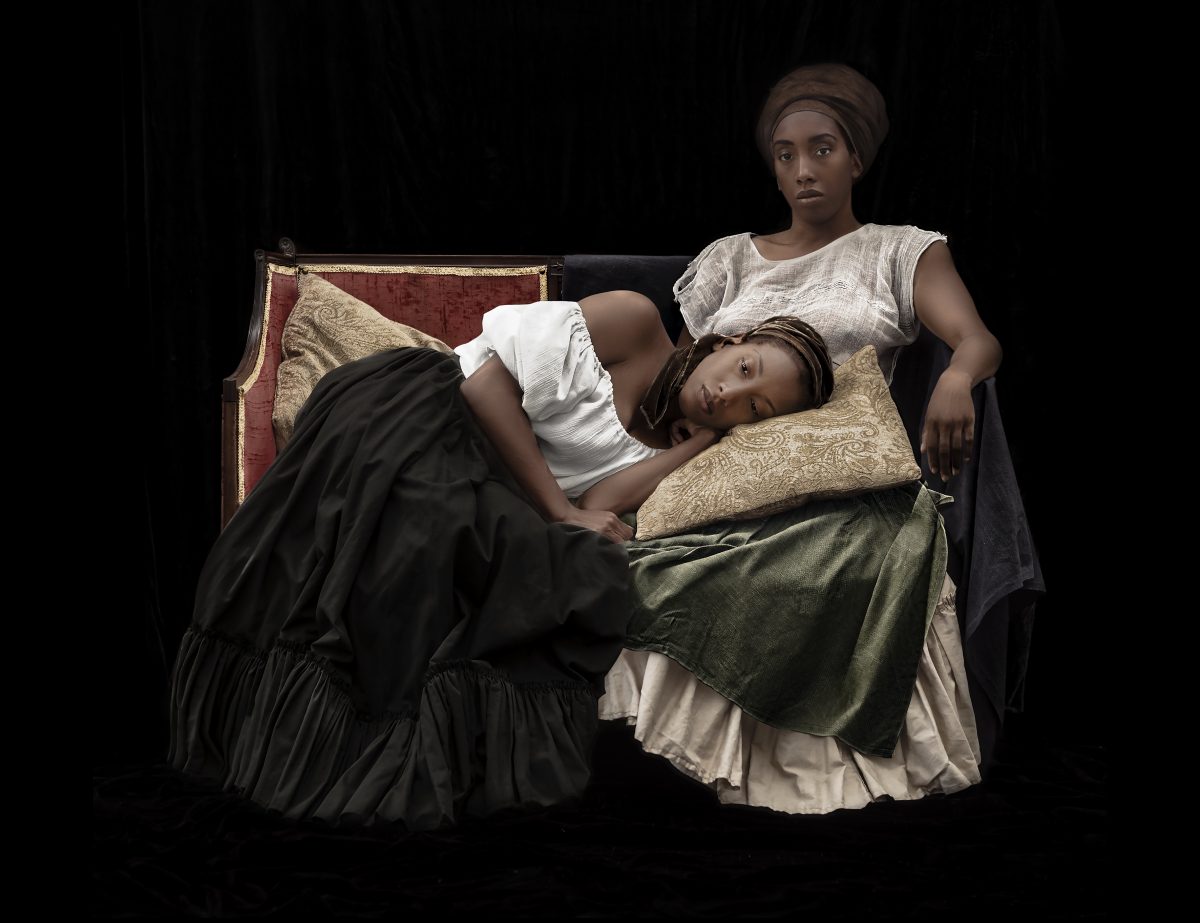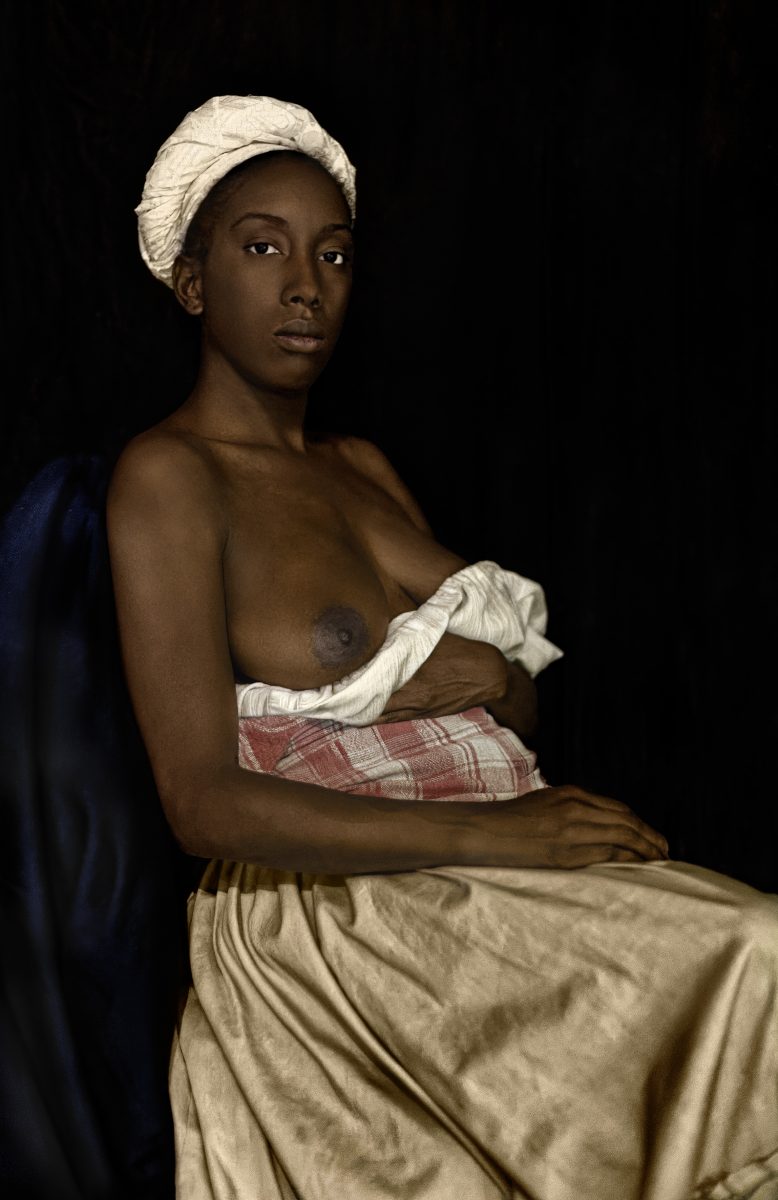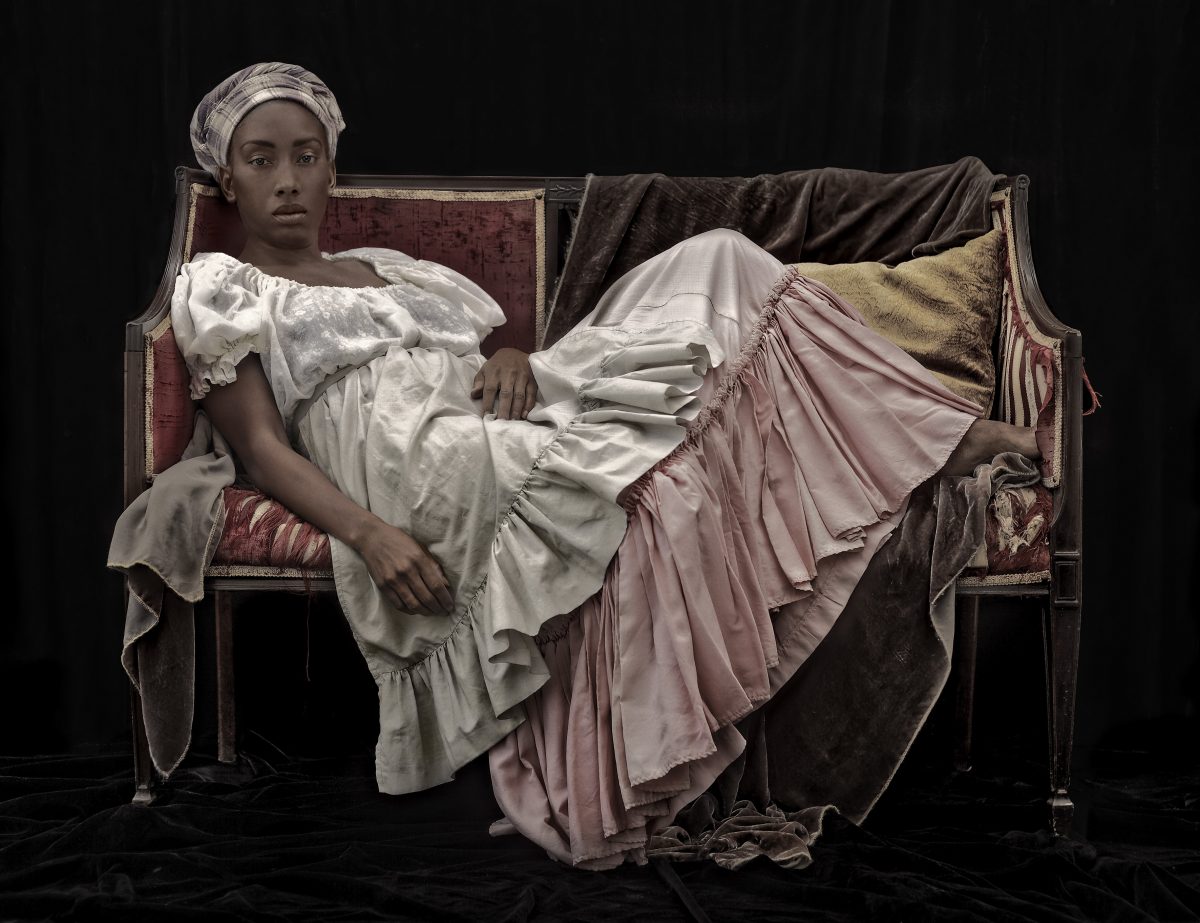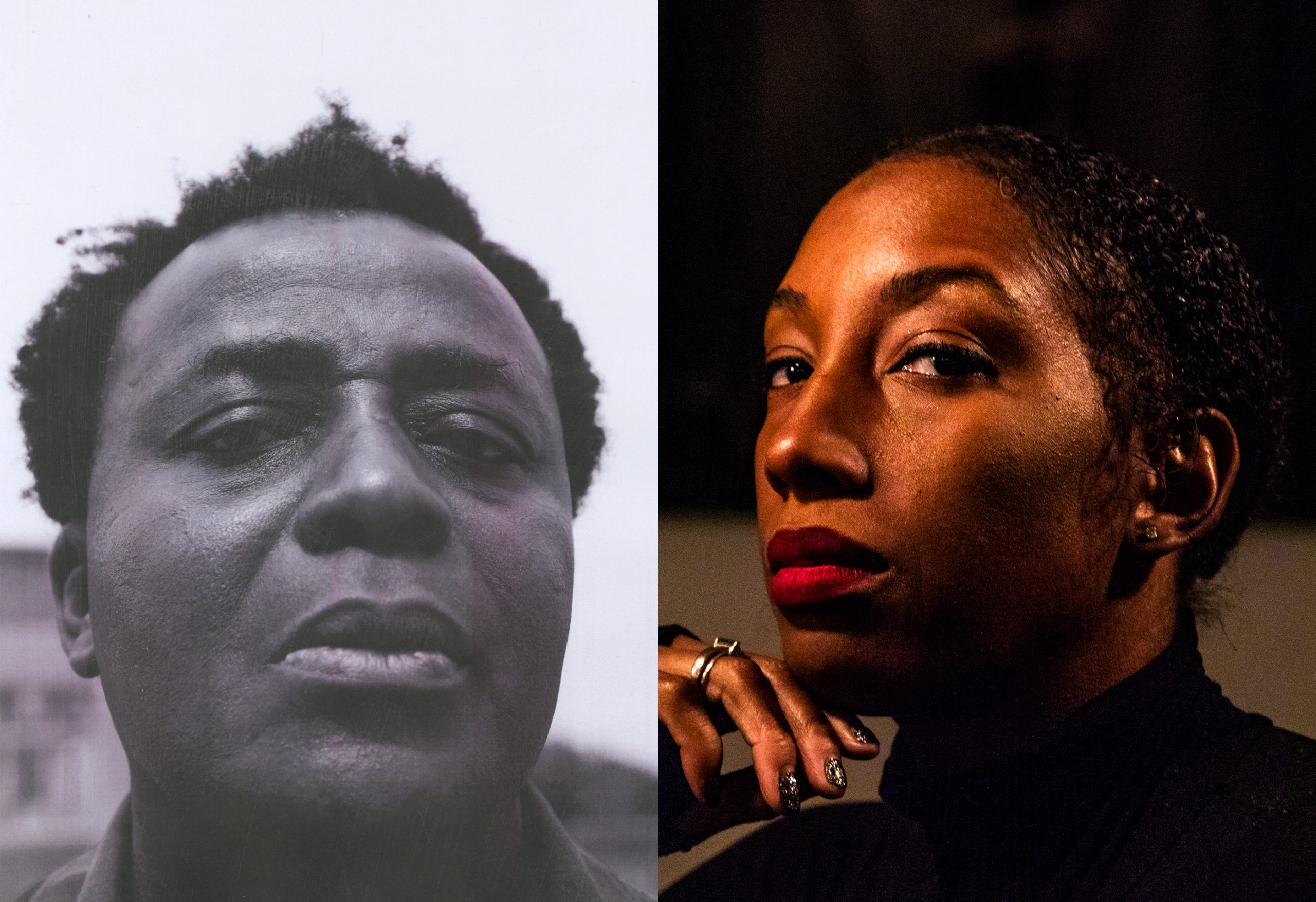
When John Akomfrah and Ayana V Jackson meet over a video call, Akomfrah is in London, ensconced in his studio. He is hard at work on the longest-running project of his career, something he began at the start of lockdown in March 2020, and that sees the artist appear in his own work for the first time (which Jackson, by comparison, has been doing for almost a decade). This new body of work by Akomfrah will be unveiled in September 2021 at Lisson Gallery’s New York space.
Jackson, meanwhile, is seated next to a sunlit window during a visit to Baltimore. The American artist is usually based between New York and Johannesburg, re-tracing the movements, voluntary and forced, between the African and American continents which often feed her work. She too has ambitious works in progress, including her first multi-channel installation, due to be exhibited at the Smithsonian Museum in Autumn 2022.
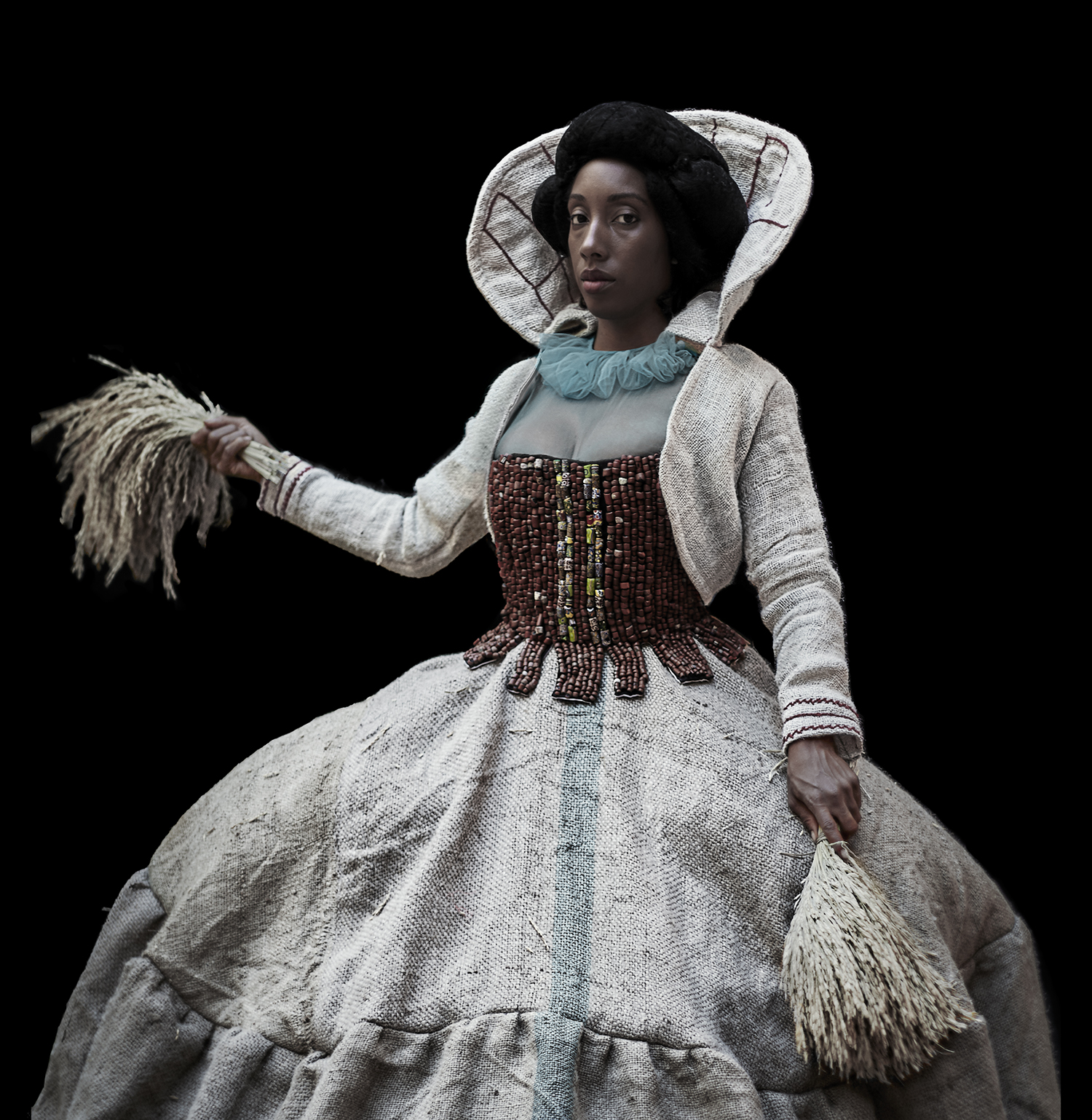
John Akomfrah: I have enormous admiration for your work, in part because of this question of presence, your presence, in this case. How one situates it in the work, how one manages it, controls it and reproduces it, is always an issue, but it’s a particular problem when the figure in question is that of the artist. When you see art in which that figure is the subject of endless interrogations and investigations… I’m in awe of it. I’m just starting to do this myself and I find it really difficult!
Ayana V Jackson: Yes, I saw that you’re stepping into the work!
JA: Many of the projects I was involved in were cancelled or postponed because of lockdown, so I thought about what other resources could be commandeered. Of course one of those is oneself. I have been taking cues from you about how to go about inserting the figure, but I’m not out of the woods yet, I might take it all out! I wanted to ask you how you feel about being in your own work, and what led to it?
AJ: My earliest portraiture looked at the African Diaspora. I wanted to decentre the Black American narrative by focusing on Blackness in the broader Americas. After the Rencontres de Bamako, I was offered a residency in Paris. Confronted with four white walls and not speaking any French then, my usual methodology of getting to know people before photographing them went out the window. So I thought, “What if I perform the characters I would like to see and interact with?” This led to Poverty Pornography and Archival Impulse, a reflection on ethnographic images created during the colonial experiment.

JA: The primal scene you present, of these four walls that you were virtually imprisoned in, it is an apt metaphor for many of the strategies we adopt in order to make work. For me the four walls were 1970s Britain. You were confronted with this tabula rasa-like space: British society.
As a Black body you were standing in emptiness, next to a room filled with cacophonous noise depicting you as a Black body that stews and causes trouble and comes from shithole countries. And yet in the clean white space of culture, where you couldn’t see any of yourself, you were endlessly told that’s not you.
AJ: I’m interested in what I like to reference as ‘third space’ identities. In my case, they would have to do with being Black while being American, coming from the African diaspora but not being African, not being African but being Black. You were born in Ghana but you are also British. Does your Britishness unfold when you’re in Ghana? Is there any tension there?
JA: Historically there was always a tension, and that had to do with the fact I came from a very specific political family, who were sort of custodians and developers of a tradition, Nkrumaism [a socialist political ideology based on the work of Kwame Nkrumah]. When we left in 1966 it was outlawed, you couldn’t be a member of that party or espouse its ideas. There were very real tensions between the journey I was on and where we had come from.
In many ways all diasporas are created from this tension because you really can’t go back. The business of leaving transforms you so much that you can’t fit back in the bottle. What propelled my development into Britishness was precisely this idea that I had come from a place that had rejected me and what I embodied. In a way it made it easier to carry on, to keep walking.
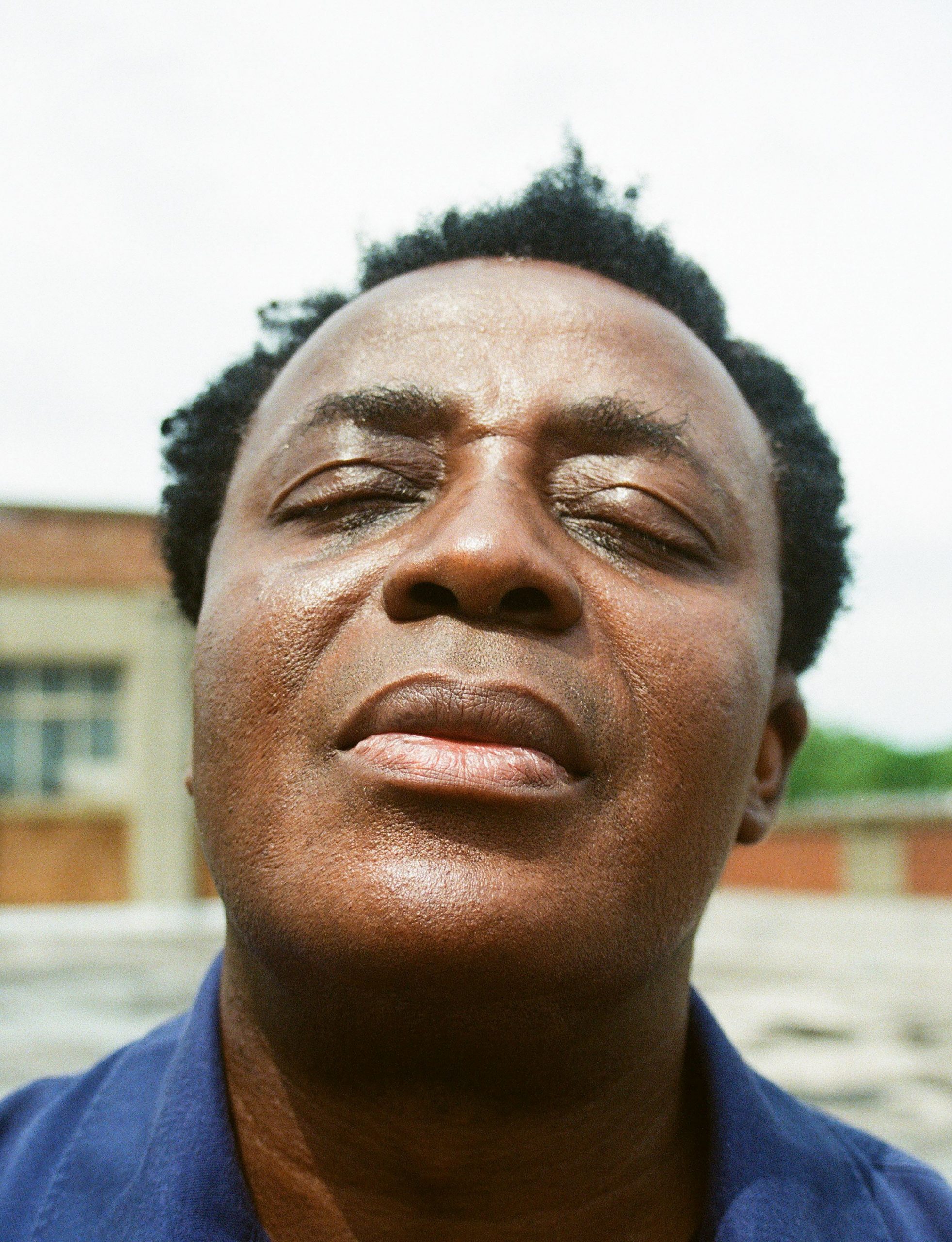
“We didn’t quite understand then that the journey itself was the point. There was no grand finale, no result” — John Akomfrah
AJ: My family has a home in Ghana. I come from a family of Pan-Africans and Garveyists [espousing the ideals of UNIA-ACL founder Marcus Garvey]. Stories from my father and grandfather were of being welcomed home, but when I got there in 2001 I was made sharply aware of not being African. When I moved to South Africa it was the same thing, because I didn’t have the cultural references.
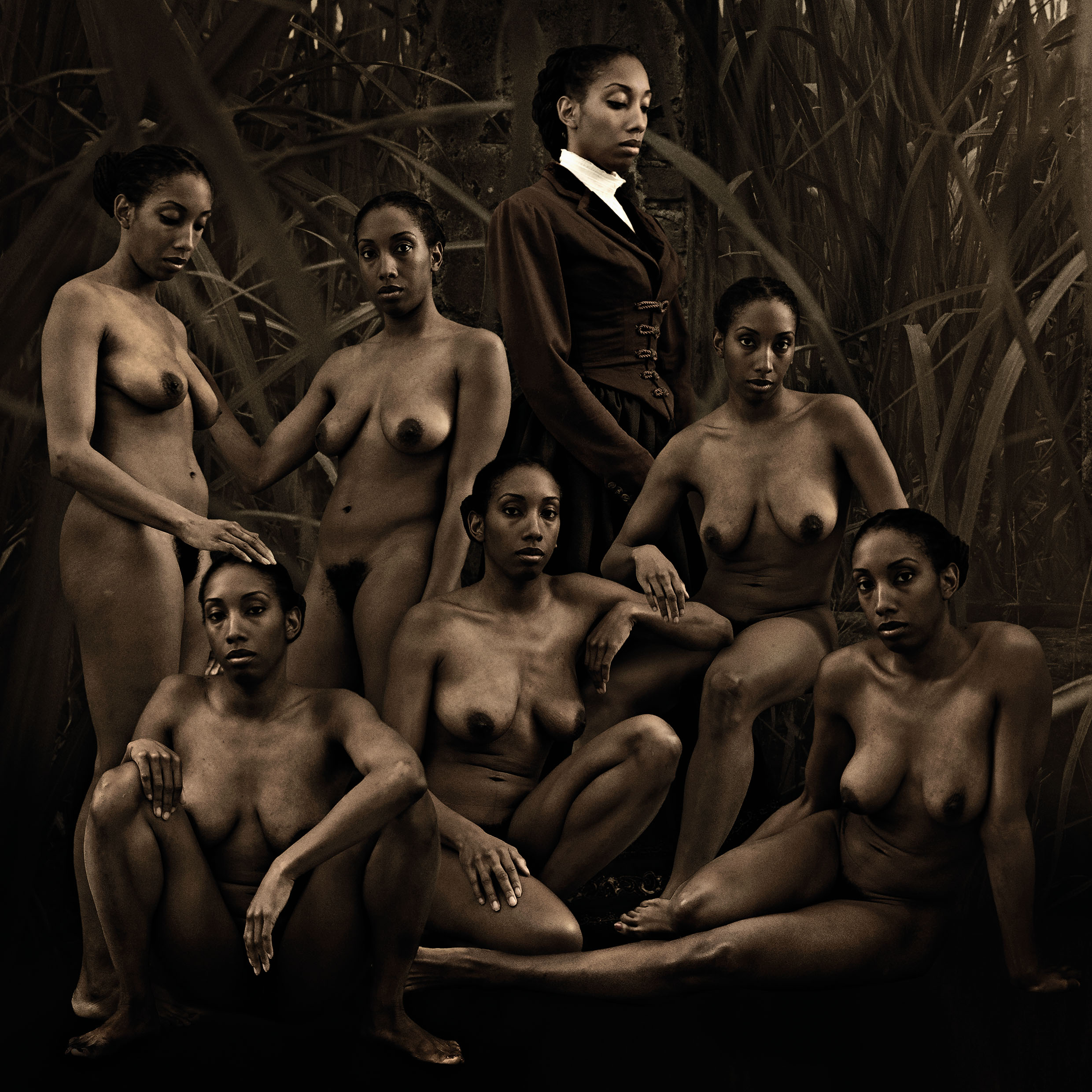
JA: I had no idea! I would have never become the person I am without African-American life. In Ghana, we lived around the corner from a guy who my mother and her friends talked about in reverential tones: it was WEB Dubois! He moved there in 1961 and lived there until he died. We spoke a lot about him, he was one of the foundational figures in my life.
The other big influence from the other side of the political spectrum was Malcolm X. My mother taught at the Kwame Nkrumah Ideological Institute, a kind of a university for party activists, in Winneba. Malcolm spoke there.
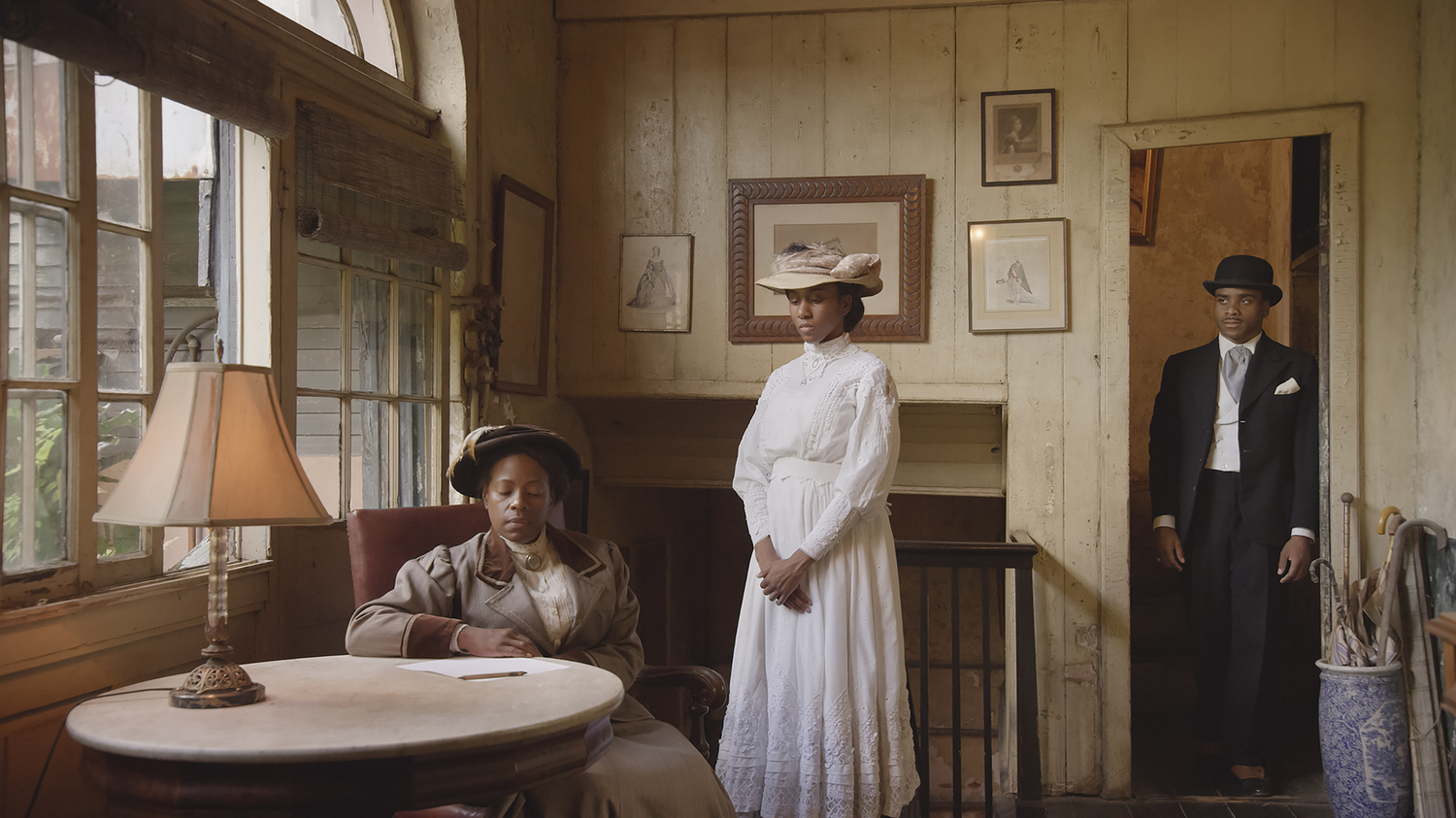
AJ: We both create work around the Atlantic Ocean. However, you also start conversations around movement, migration, becoming. I was thinking about my grandparents’ first visit to Ghana in the 1970s, about being descendants of the slave trade and now being able to interact with the continent. And what it means to go to the dungeons of Cape Coast and to stand at the Door of No Return, having returned.
JA: One of the ways in which it manifests in how we work is this obsession with inscription, with memorialising, with literally writing oneself into the so-called narrative. Often people look at my work and say, “Is that all intellectual for you? There can’t be emotional reasons one wants to do this! It must be a book that turned you around?” Do you get that?
AJ: Yeah, I get a lot of, “Why would you want to unearth these painful narratives, to lay bare your personal insecurities and your own journey of dealing with what it means to inhabit a Black woman’s body?” My answer is always that it has been a steady process of trying to get right with myself.
JA: I’m definitely interested in the question of what constitutes African: the baggage of Blackness, how we are narrativised, gendered. I think, “Let’s see how many of these things I can address in each piece.” What keeps me going is the realisation that the balance is not quite right, so I start again. Each piece starts with dissatisfaction with the previous work.
AJ: I’m here for that!
JA: There is this endless search for a feeling of wholeness on our part, for the Elysian Field where everything will suddenly be clear. Every piece feels like it’s getting really close, but it’s only when you’ve finished it that you realise it was interested in a different question altogether to the one you thought.

“When the work begins to speak back to you, when you can see it from the outside, you can see its successes and limitations” — Ayana V Jackson
AJ: When the work begins to speak back to you, when you can see it from the outside, you can see its successes and limitations, and where it raised questions you were not asking. It’s a beautiful part of the process.
JA: We are clearly both interested in history as costume, in the historical as prop.
AJ: I started thinking about dress as an identity signifier that betrays your skin. My work reflecting the Victorian era concerned itself with ways of looking at the Black body beyond the colonial gaze. I used reference images created or commissioned by the sitters as a way of considering how one sees oneself at a time when, thanks to the colonial experiment, an antithetical projection of the Black body was being promoted.
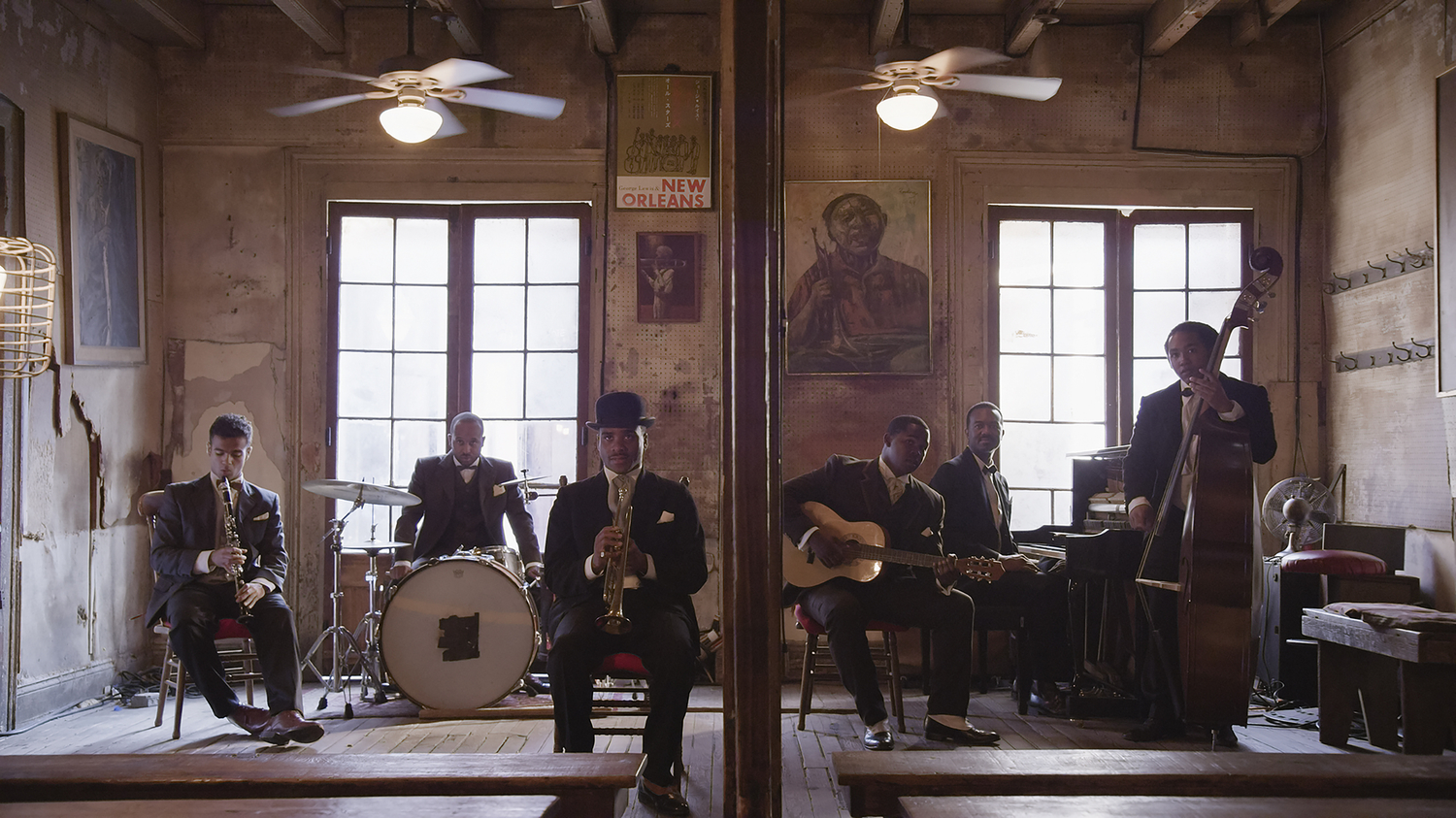
JA: I’m fascinated by the questions of agency raised by the costume. People assume that if you are interested in costume then you like costume dramas. I do, but the way the drama works is very different to what I’m doing. I’m interested in the ways costume might unleash and open the door to questions… whereas in most costume dramas the clothing is designed to disguise all the questions and uncertainties.
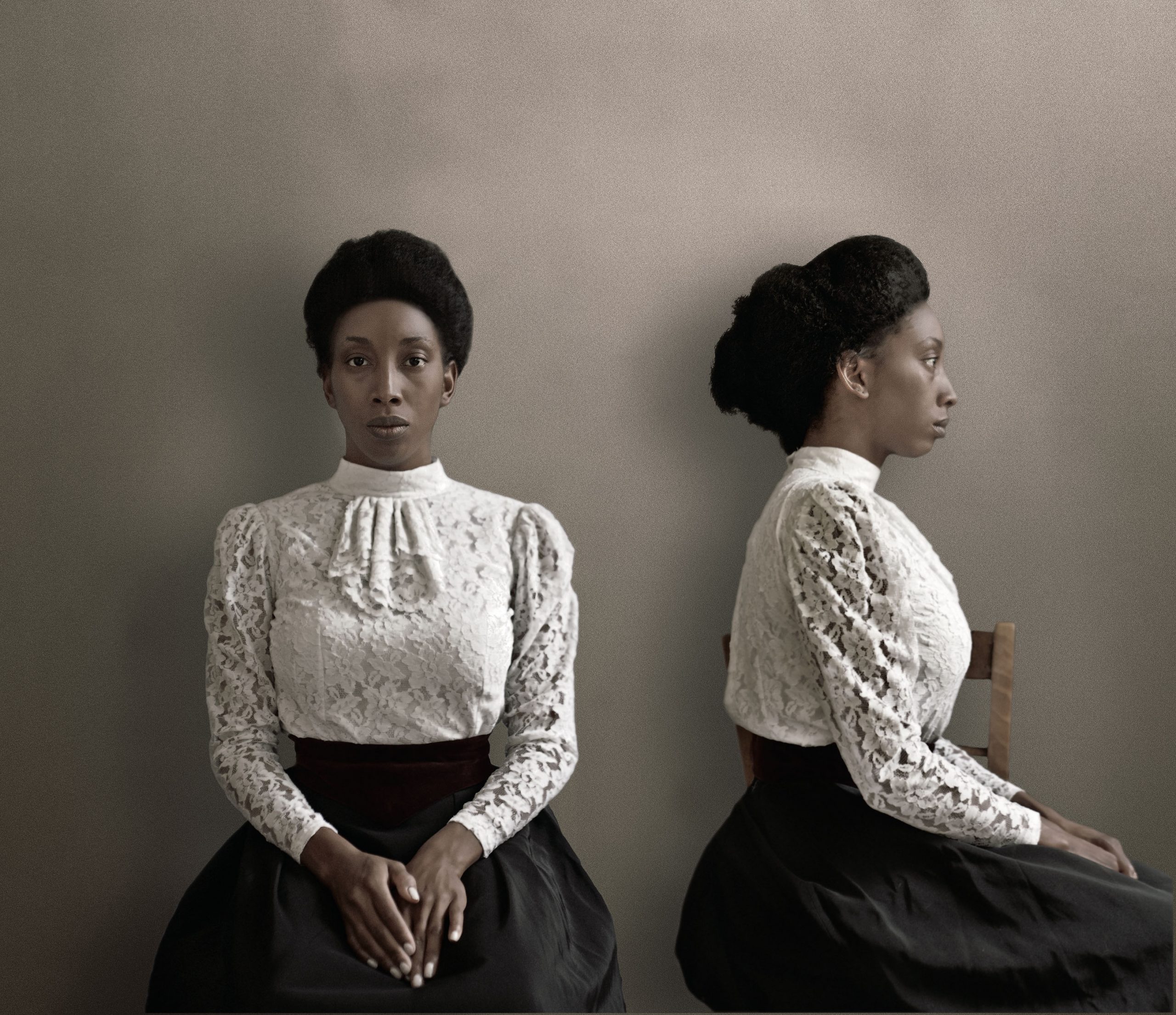
AJ: For certain audiences, seeing a Black woman in Victorian clothing portrayed beautifully and dignified, not tattered and downtrodden, creates cognitive dissonance. It seems out of place, a provocation. Therein lies the work. I question our collective familiarity with the archive, the dynamics of turn-of-the-century Black experiences. The series Intimate Justice in the Stolen Moment (2017) reminds us that being enslaved or colonised is not a permanent state of being, there are other moments. Of leisure, reprieve. Costume allows for that story to be shared.
“I get a lot of, ‘Why would you want to unearth these painful narratives, to lay bare your own journey?’” — Ayana V Jackson
What’s amazing about your work is that it’s not just the African migratory stories, it’s looking at other migrations and other diasporas. For you, is the mission to deal with the parallel stories for the sake of greater humanity? Black American history is also white American history, right?
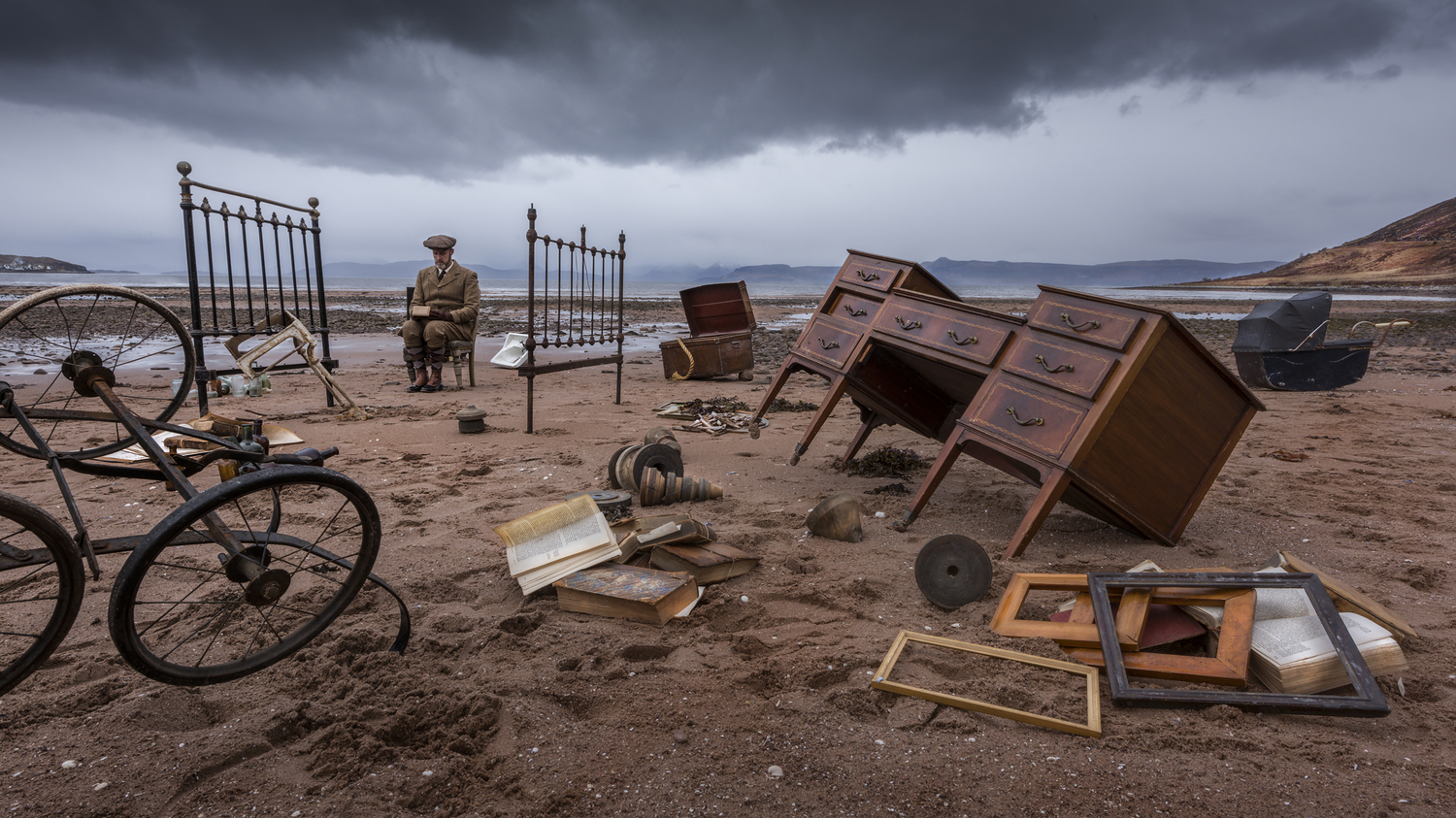
JA: When working on Vertigo Sea, I knew that there was a ship called the Zong, whose captain threw 150 people overboard to drown. But I also knew that this fateful encounter with mortality and drowning was not a unique property of the African. If you know that others have met the same fate in the same space… what does one do with that? Do you say, “I’m an African, I’m just going to deal with Africans?” It doesn’t seem a good way to process what you know.
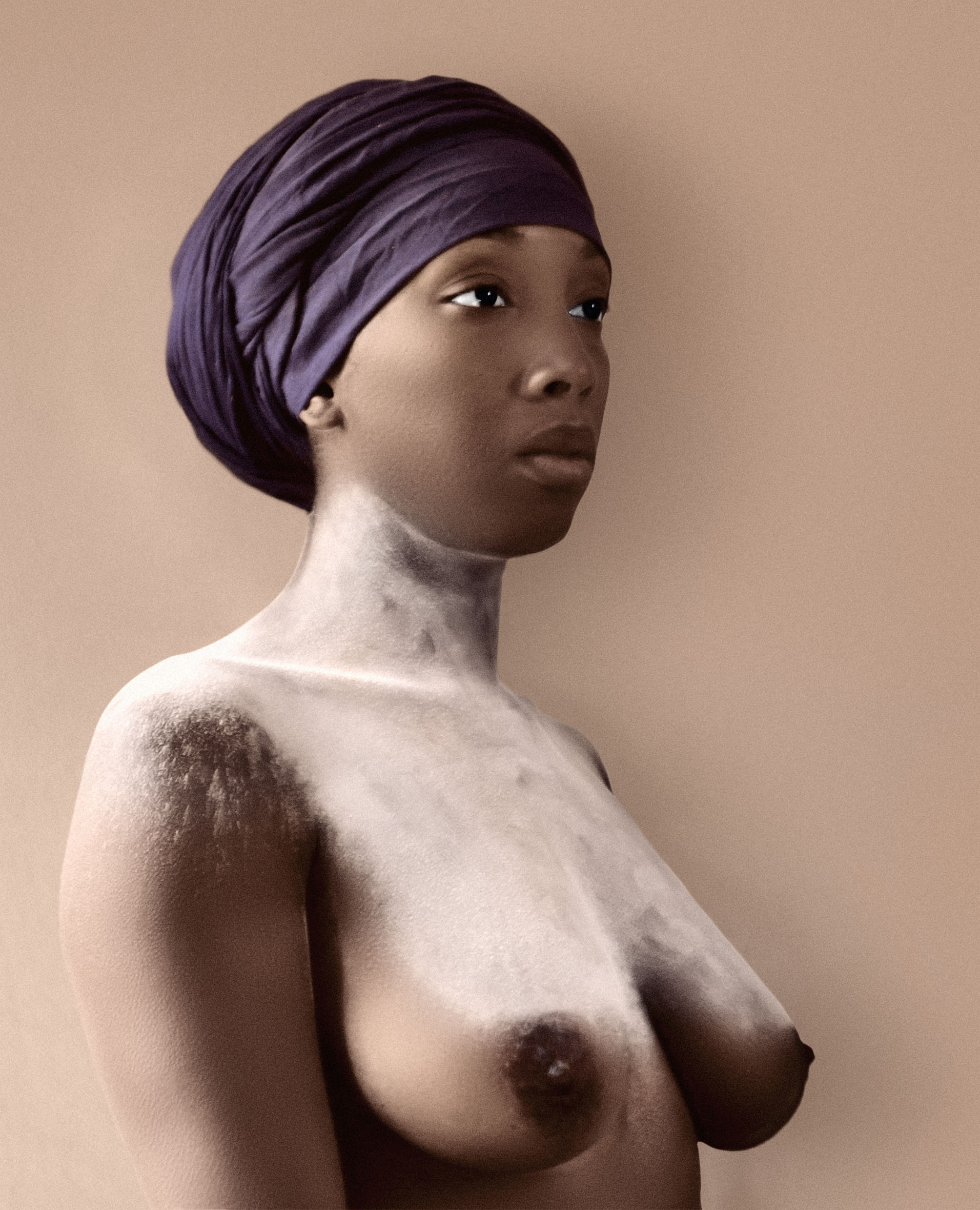
AJ: I’m working on my first multi-channel video installation for a solo at the Smithsonian National Museum of African Art. I’m very nervous saying this to you as you’ve been an incredible inspiration for me. The projects starting point is myth of Drexciya, a fictional aquatopia populated by the children of actual pregnant women who during the Middle Passage either jumped or were thrown overboard slave ships. In my imagination these babies were midwifed by embodied water spirits hailing from the shores where their mothers were born.
In reflecting on what the ocean holds, I consider the millions of forced and voluntary migrant bodies that have perished. They are part of the DNA of the sea. The bioflora of the Atlantic is infused with these bodily remains. My characters create clothing from plastics, metals, fabrics and other objects discarded by their careless landbound cousins.
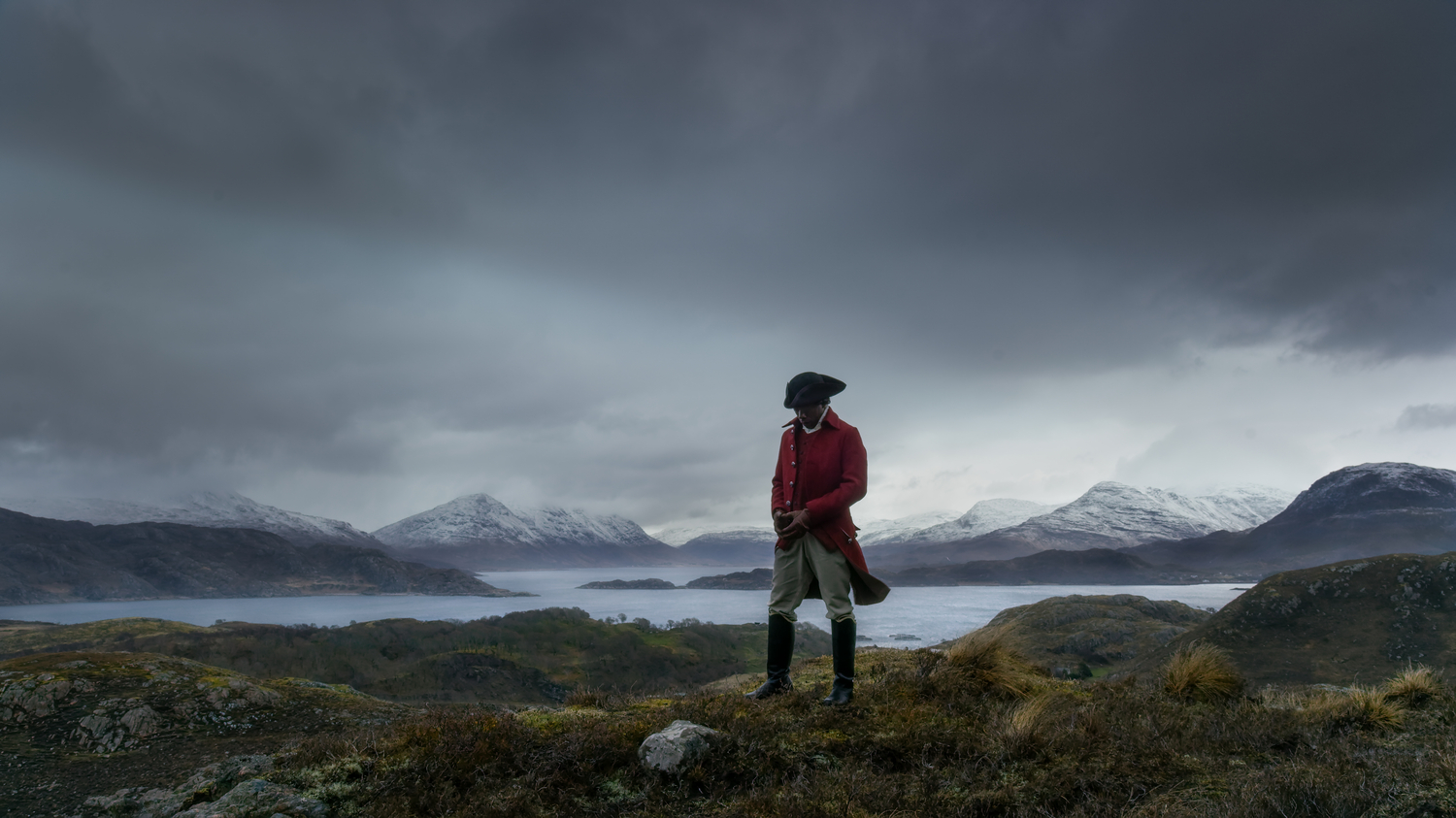
JA: I can’t wait! How can we get it over here! I’m becoming more interested in questions of the environmental, but only as an extension of my interest in the racial. The more and more I think about it, colonial imaginary is a frame in which the Black body sat in some proximity to other elements, creating a kind of environment. Questions of land, the depopulating of land, are as central as a dehumanising attempt to place the African. If you are interested in race, you have to be interested in the environment. Yes, the Anthropocene is important, but the journey has a very specific racial narrative and one can’t ignore that either. That’s how we’ve arrived at this point, how the juggernaut of excess has turned in this direction.
AJ: Well, if there was ever a note to end on!
Charlotte Jansen is an arts journalist and author, as well as Elephant’s former editor-at-large
This full version of this article appeared in Elephant #46 — Autumn Winter 2021, available to buy here
